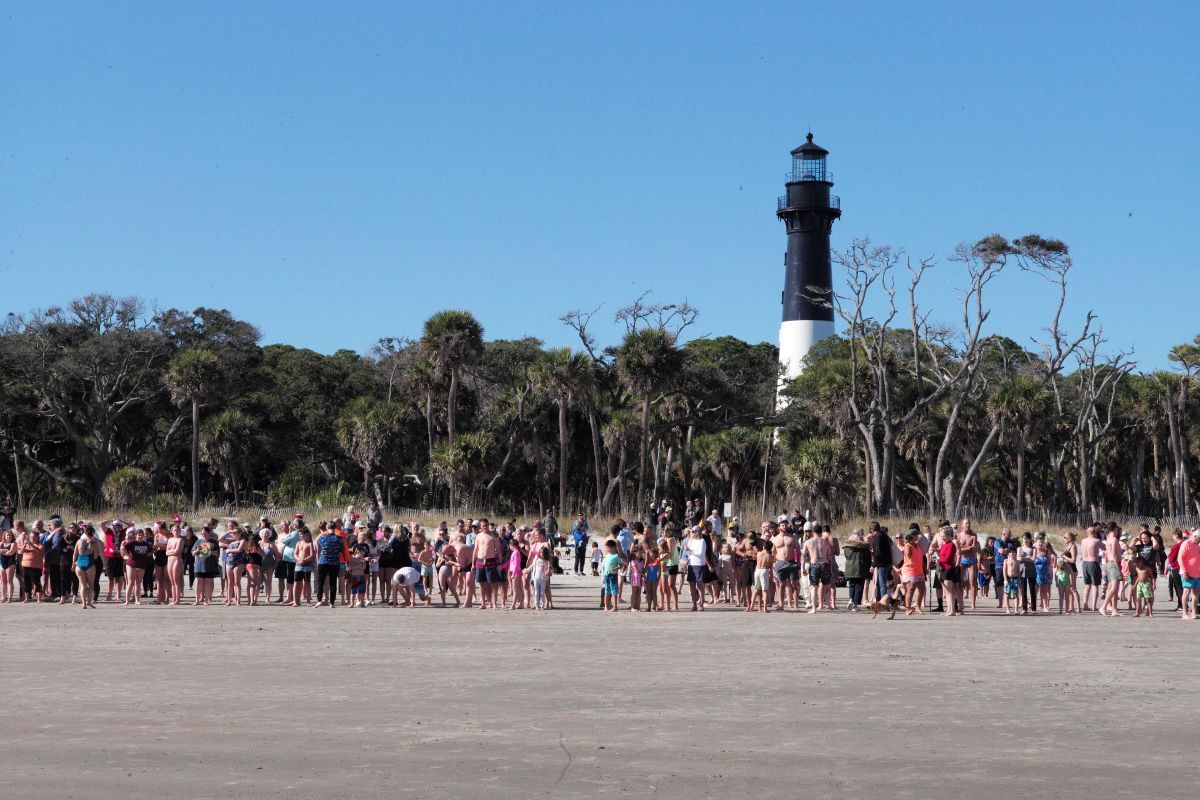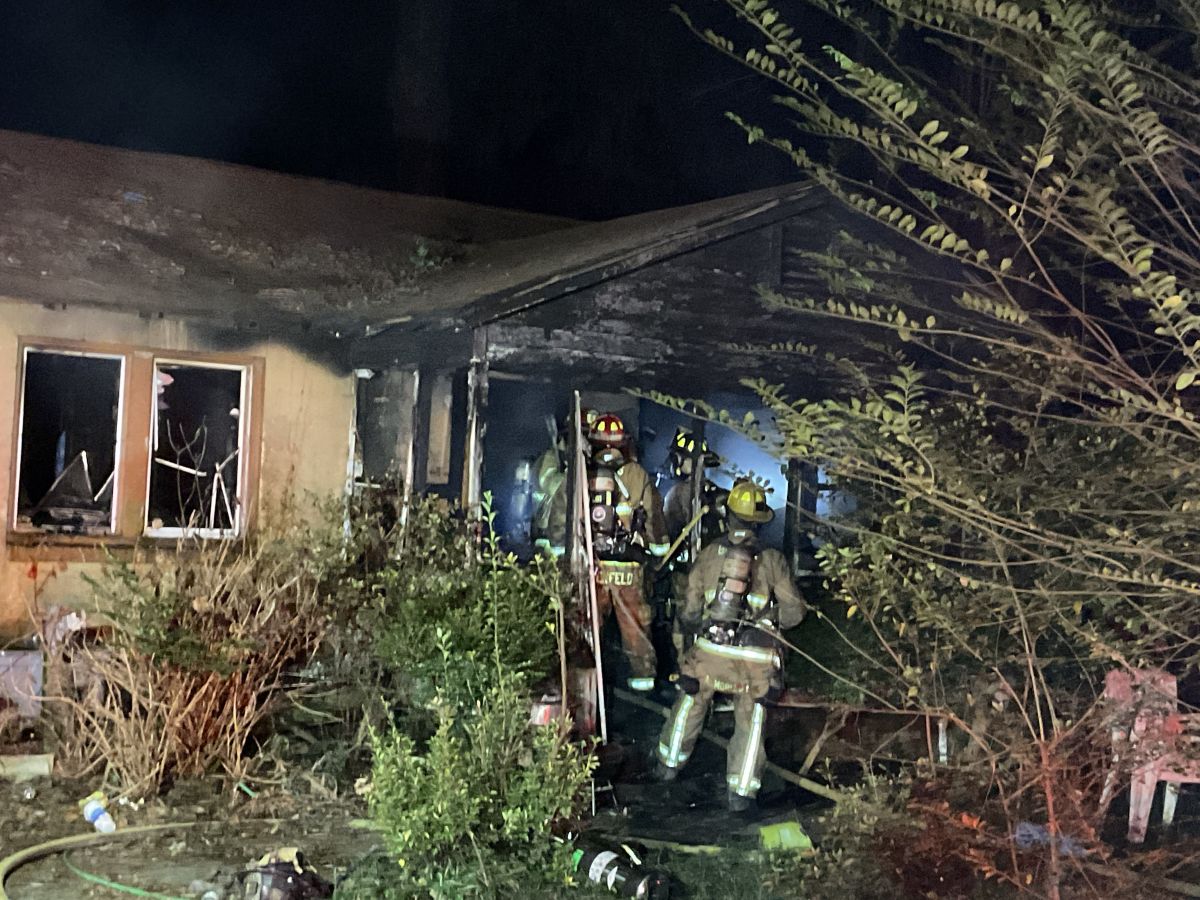Conservationists: Change could put untouched land at risk of development
By Skylar Laird
SCDailyGazette
Thousands of acres in South Carolina’s national forests could have roads built through them if the federal forest service revokes a longstanding rule meant to keep those acres pristine.
Since 2001, a federal rule has prohibited building new roads through millions of acres in government-owned forests nationwide. The U.S. Department of Agriculture announced a plan last month to rescind the so-called “roadless rule,” calling it outdated and “overly restrictive,” in a move that raised alarms among conservationists.
“This move opens a new era of consistency and sustainability for our nation’s forests,” USDA Secretary Brooke Rollins said in a statement. “It is abundantly clear that properly managing our forests preserves them from devastating fires and allows future generations of Americans to enjoy and reap the benefits of this great land.”
South Carolina has 8,000 roadless acres total in its two national forests, according to the National Forest Service.
That’s just over 1% of the forests’ total acreage, since Francis Marion National Forest covers 259,000 acres in Charleston and Berkeley counties, and Sumter National Forest spans more than 375,000 acres in three divided sections across the state.
South Carolina has a fraction of the roadless acres found in neighboring states. Georgia has 63,000 roadless acres, and North Carolina has 172,000. They are among 58.5 million roadless acres nationwide, according to the National Forest Service.
The proposed change would shift more forest management responsibilities to states, allowing local officials to decide whether to build new roads, reconstruct defunct roads or harvest timber in the protected areas. That will also give officials more flexibility in preventing and responding to wildfires, the USDA said in a news release.
The proposal is part of a larger effort under President Donald Trump’s administration to remove regulations seen as overly burdensome, according to the news release.
The rule remains in place for the time being. Rescinding it will require an environmental analysis, conversations with state leaders and a public input process. The USDA has not yet set a timeline for when those parts of the process might happen.
Preventing encroaching development, particularly from growing subdivisions, was a major reason behind prohibiting roads on certain land, according to the rule itself.
“In an increasingly developed landscape, large unfragmented tracts of land become more important,” the rule reads.
The relative rarity of South Carolina’s roadless acres “makes them even more important to protect,” the Southern Environmental Law Center said in a statement.
While roadless means no vehicles, nature trails are allowed.
Hikers, kayakers and mountain bikers enjoy the areas for being quiet respites away from everyday technology, said Sam Evans, who runs the law center’s National Forests and Parks Program. Animals, including endangered species, depend upon the untouched forests for habitats, and visitors promote tourism in nearby communities, he said.
“People in the Southeast and across the country want a place to get away from the noise and commotion of roads and development,” Evans said in a statement. “The Roadless Rule promises that our least-developed public lands can be enjoyed by all of us for generations to come without the threat of reckless roadbuilding and other destructive projects.”
National forests are still active forests, and people with permits can harvest timber or mine within their boundaries. That’s not the case in roadless areas, where logging is prohibited and mining is rarer because of the lack of roads to access them, Evans said.
Getting rid of the rule “would open these areas to mining, oil and gas development, and timber production,” Evans said.
April Donnelly, a lobbyist for South Carolina’s branch of The Nature Conservancy, pushed back on the idea that repealing the rule would help prevent wildfires. Forest managers are already allowed to clear debris to reduce the risk of wildfires, so long as the work doesn’t involve building new roads, under the existing rule. While wildfires in roadless areas can burn longer because firefighters can’t reach them, fires aren’t more common in roadless areas than those with roads, Donnelly said.
“National forest managers routinely conduct forest stewardship activities like controlled burning within roadless areas, and can sell forest products derived from roadless areas,” Donnelly said in a statement.
Protecting untouched land becomes even more important as the climate changes, Donnelly said. The roadless acres have a significant overlap with areas the environmental nonprofit has deemed important for maintaining ecological diversity, she said.
“As such, this proposed change to the conservation status of roadless areas could have significant impacts to the protected status of important habitats that possess unique topographies, geologies and other characteristics uniquely suited to be more resilient to changing temperatures and conditions,” Donnelly said.
How states compare
Among states with any acreage protected by the “roadless rule,” South Carolina ties with Indiana for sixth lowest:
Top 5
- Alaska: 14.8 million
- Idaho: 9.3 million
- Montana: 6.4 million
- Colorado: 4.43 million
- California: 4.42 million
Bottom 5
- Louisiana: 7,000
- Maine: 6,000
- Texas: 4,000
- Kentucky: 3,000
- Mississippi: 3,000
States with no national forest and/or zero roadless acres: Connecticut, Delaware, Hawaii, Iowa, Kansas, Maryland, Massachusetts, Nebraska, New Jersey, New York, Ohio and Rhode Island
Source:U.S. Department of Agriculture
Skylar Laird covers the South Carolina Legislature and criminal justice issues. Originally from Missouri, she previously worked for The Post and Courier’s Columbia bureau. S.C. Daily Gazette is part of States Newsroom, the nation’s largest state-focused nonprofit news organization.









